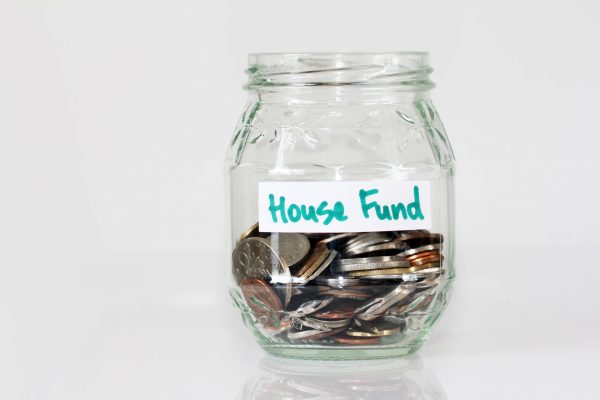Beware Cryptocurrency Scams
Cryptocurrency is one of the hottest investments on the market. It’s also a popular ruse topic for scammers. Here’s what you need to know about cryptocurrency scams.
How the scams play out
There are several ways scammers are using cryptocurrency to con people out of their money.
- Blackmail. Emails are sent to targets, falsely claiming to have compromising photos, videos, or embarrassing info about them. The contact threatens to go public unless the victim pays up — in cryptocurrency.
- Social media. A target receives a social media message appearing to be from a friend, asking for cryptocurrency to help them out of a bind.
- Giveaways. These “giveaways” claim to be sponsored by celebrities or big-name cryptocurrency investors. They promise exponential returns for small investments in crypto, or for simply sharing personal info.
- Unrealistic Investment Opportunities. Some scammers make offers to invest in a nonexistent crypto mining operation. This is just a way for them to take your money!
- Romance. Scammers convince victims they have met a legitimate love interest who soon starts talking about fabulous cryptocurrency opportunities with incredible returns. The victim acts upon this advice, and, sadly, loses their money.
In each of these scams, the victim has no way of recovering the cryptocurrency they shared once an “investment” has been made.
How to spot a cryptocurrency scam
Look out for these red flags to help avoid cryptocurrency scams:
- You’re promised big payouts with guaranteed returns on a small investment in cryptocurrency.
- A celebrity or famed cryptocurrency investor is sponsoring a cryptocurrency giveaway.
- A friend contacts you on social media, claiming they’re caught up in a bind and need quick help by cryptocurrency.
- You’re promised free money in cryptocurrency in exchange for sharing some personal information.
- A caller, new love interest, or organization insists on payment by cryptocurrency.
Never share personal information or money with an unverified contact. Also, if you’re looking to invest in cryptocurrency, look up secure investment sites like Robinhood and Coinbase on your own.
If you’ve been targeted
If you believe you’ve been targeted by a cryptocurrency scam, report it to the FTC. If the scam was pulled off on social media, also let the platform know so they can take appropriate action.
Proceed with caution to keep your money and your information safe.



















